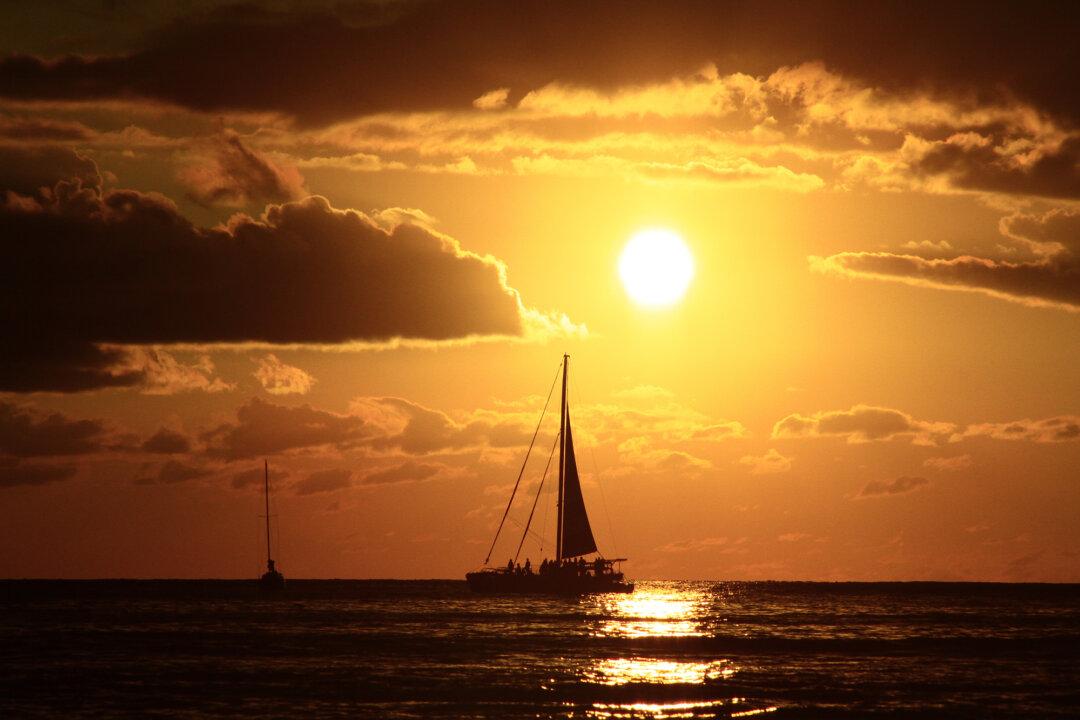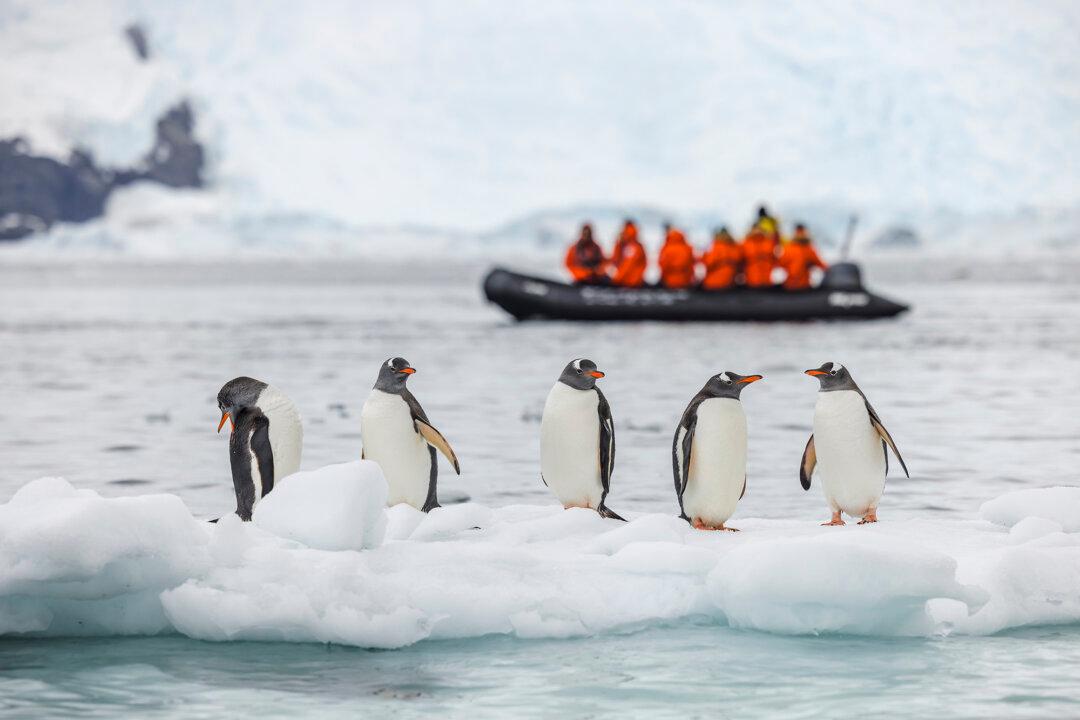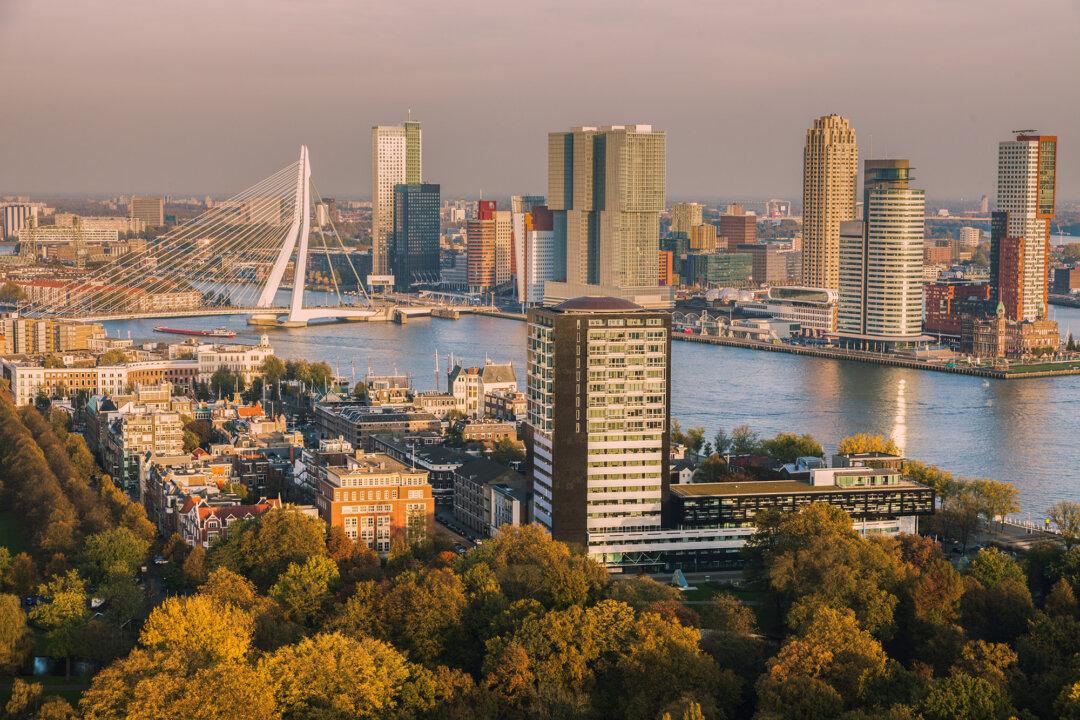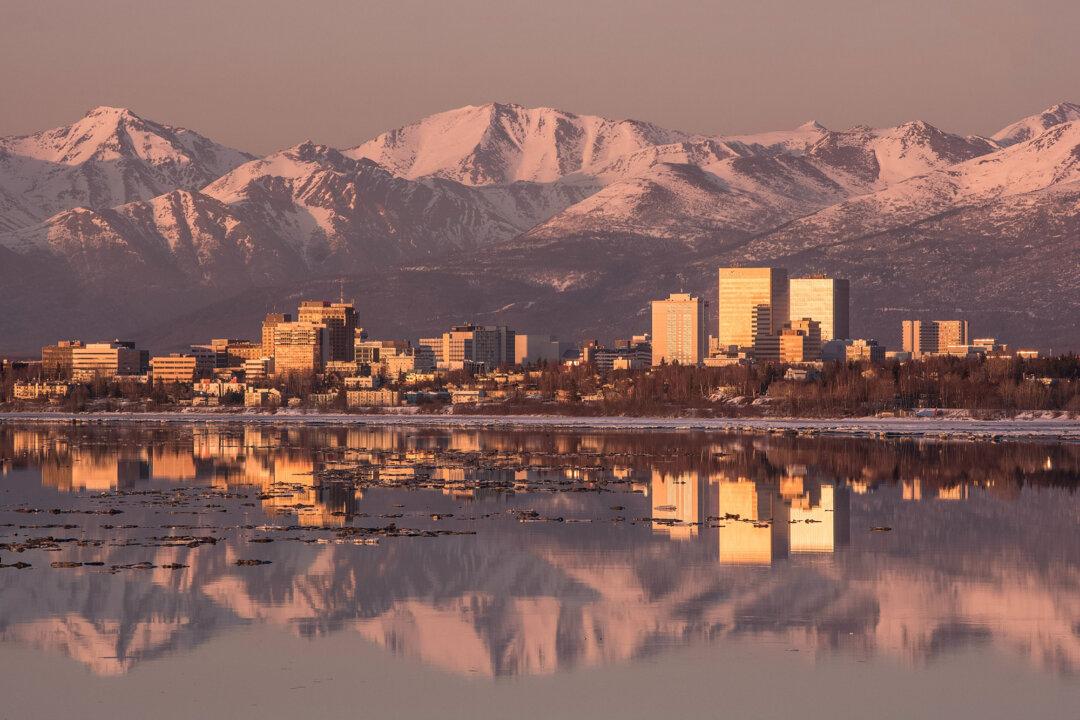It’s a moment of uncertainty. As I hold the bowl just below my chin, the fragrant, clear liquid is close enough to sniff. It smells earthy, like an animal. My friendly host stares at me, intently, a little confused, all of us frozen by my indecision—to drink, or not?
“Just half, this time,” my guide, Ankhmaa Baatartsogt, whispers into my ear. This will be the final chaser, after an afternoon of strange, fermented drinks. Having powered through one bowl of this “vodka,” my Mongolian host waits for me to down my seconds.





